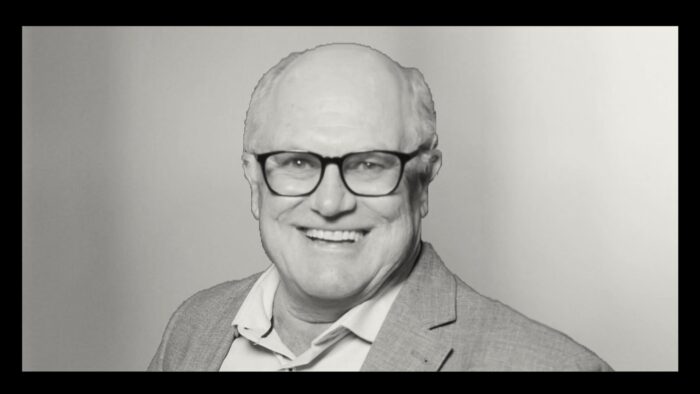Court upholds surveillance disclosure decision
Author(s): Darcy R. Merkur
September 9, 2011
A personal injury defence lawyer sending surveillance of the plaintiff to a defence medical expert must now contemporaneously release the surveillance to plaintiff’s counsel. No longer can a plaintiff be ambushed at a defence medical examination by questions by the medical expert designed to contradict the surveillance sent to the defence expert, yet unseen by the plaintiff.
In Aherne v. Chang, [2011] O.J. No. 2797, Justice Paul Perell of the Ontario Superior Court of Justice upheld a decision by Master Short requiring surveillance sent to a defence medical expert to be simultaneously released to plaintiff’s counsel.
In Aherne, at the examinations for discovery, plaintiff’s counsel requested an undertaking that defence counsel provide any surveillance to plaintiff’s counsel concurrent with the release of any surveillance to any defence medical expert. Defence counsel refused, suggesting that any such surveillance would be released in the normal course following the release of the defence medical report.
In his reasons, Justice Perell cites two distinct explanations for his decision:
(1) the waiver of litigation privilege is a consequence of the operation of the Rules relating to formal defence medical examinations (set out in s. 105 of the Courts of Justice Act and s. 33.06 of the Ontario Rules of Civil Procedure), and
(2) that by voluntarily disclosing the surveillance material to a health practitioner, the defendant waived litigation privilege over the surveillance.
Because Rule 33.06(2) of the Rules of Civil Procedure mandates disclosure of a defence medical report obtained pursuant to a defence medical examination under s. 105 of the Courts of Justice Act, Justice Perell had no hesitation in concluding that the litigation privilege on the surveillance was waived at the time the surveillance was sent to the defence medical expert. Since the waiver occurs at the time it was sent to the defence medical expert, Justice Perell felt the surveillance should contemporaneously be released to plaintiff’s counsel.
For the second explanation, Justice Perell repeatedly references the fact that defence counsel would voluntarily be sending the surveillance to the health practitioner and would be doing so knowing that it will, as a result, be disclosed to the plaintiff.
The primary question, according to Justice Perell, is not whether the waiver occurs but rather when the waiver occurs. Justice Perell concludes that it would be procedurally fairer and more efficient to require the release of the surveillance to plaintiff’s counsel at the same time it is released to the health practitioner.
While arguably the Aherne decision imposes an obligation on defence counsel to simultaneously release surveillance to plaintiff’s counsel when sending it to a defence medical expert, it would be prudent for plaintiff’s counsel to, ask at discovery for an undertaking that defence counsel agree to comply with Aherne’s proposition that surveillance sent to a defence medical expert must be sent at that same time to plaintiff’s counsel. If defence counsel does not expressly agree to that undertaking, plaintiff’s counsel could bring a refusals motion and would succeed.
The question resulting from Aherne is whether the release of surveillance information to a defence medical expert doing a paper review rather than a formal defence medical examination under s. 105 invokes the same principle. While one of Justice Perell’s two explanations is clearly linked to the defence medical examination rules, the other distinct explanation is not linked. Accordingly, there is a good argument that the Aherne principle applies even to situations involving a defence expert paper review, despite Rule 31.06(3) of the Rules of Civil Procedurewhich allows a party to not disclose particulars of an expert report if the party undertakes not to call the expert as a witness at trial.
It may be that defence counsel in personal injury cases will try to find controversial ways to work around the principle in Aherne, such as having the defence medical examination conducted and then simultaneously releasing the surveillance to the defence medical expert and plaintiff’s counsel, before the release of the final report. Hopefully, however, those kinds of tactics will be discouraged by the courts and instead the Aherne principle will be welcomed as one that will help facilitate the fair and timely resolution of personal injury claims.
See a PDF version of this article here.
Darcy Merkur is a partner at Thomson Rogers in Toronto practising plaintiff’s personal injury litigation, including plaintiff’s motor vehicle litigation. He has been certified as a specialist in Civil Litigation by the Law Society of Ontario and is the creator of the Personal Injury Damages Calculator (Thomson Rogers was counsel for the plaintiff in Aherne).
Share this





